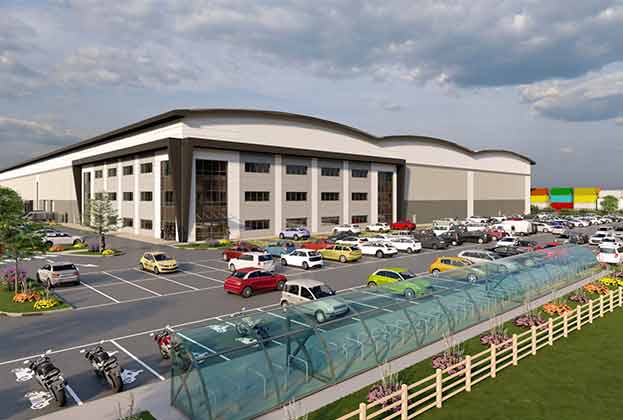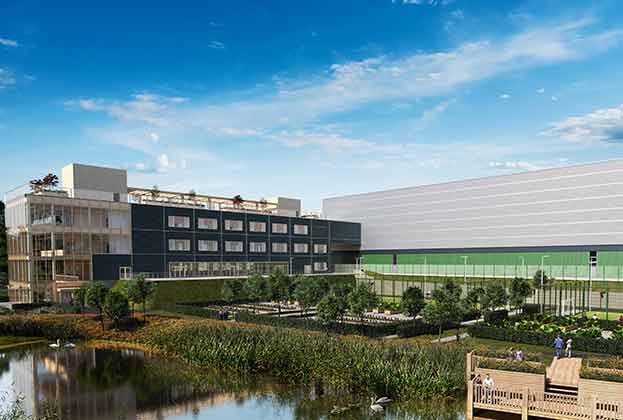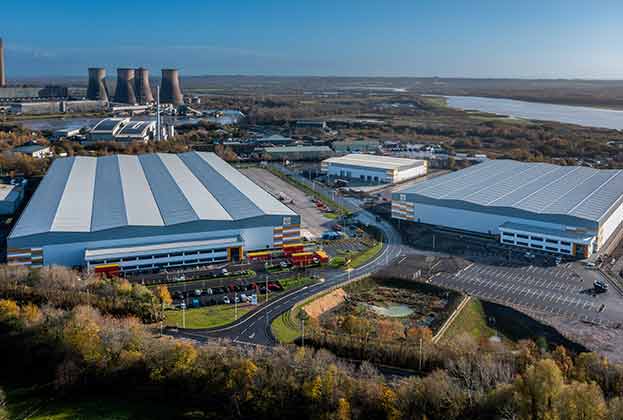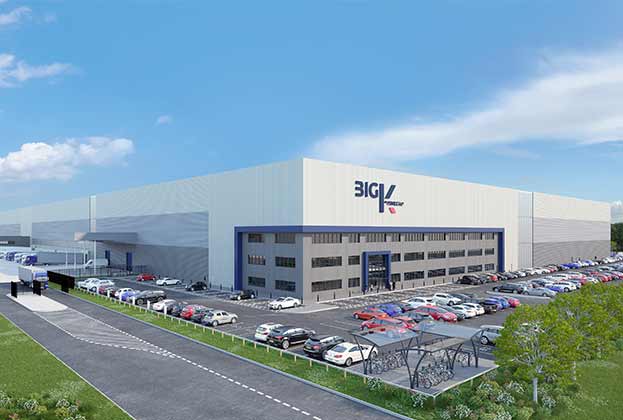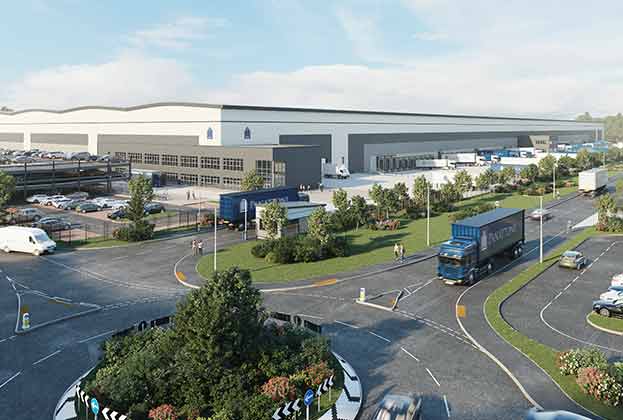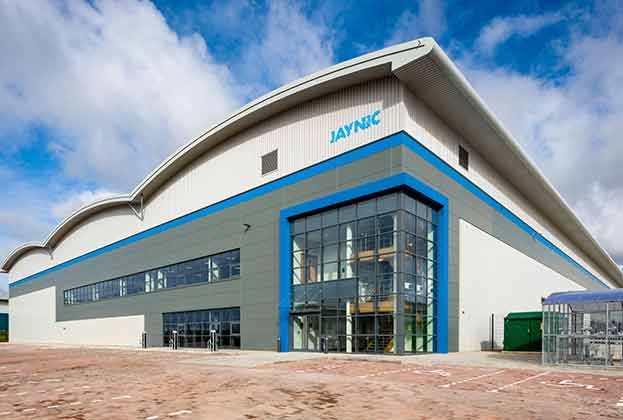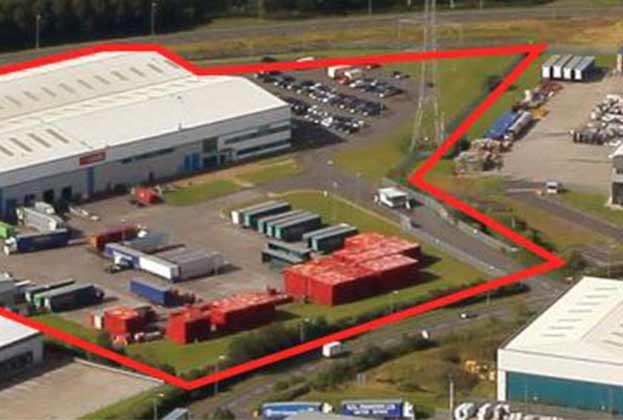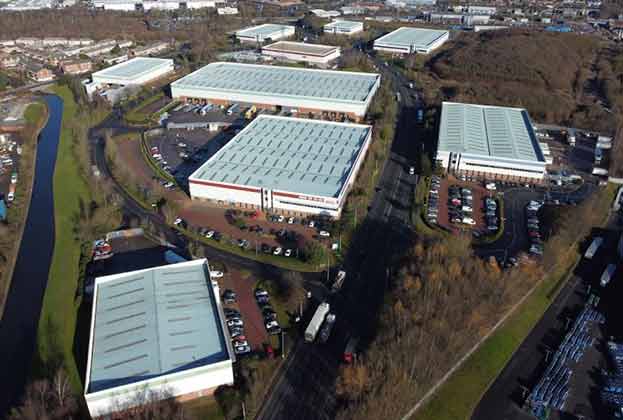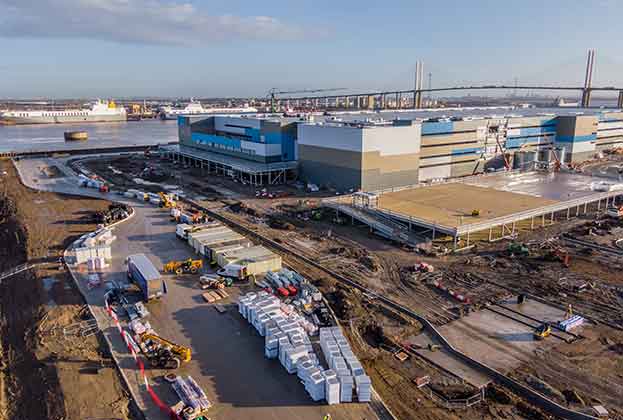Vacancy hits 3.97%; 0.7 years' worth of supply left in region
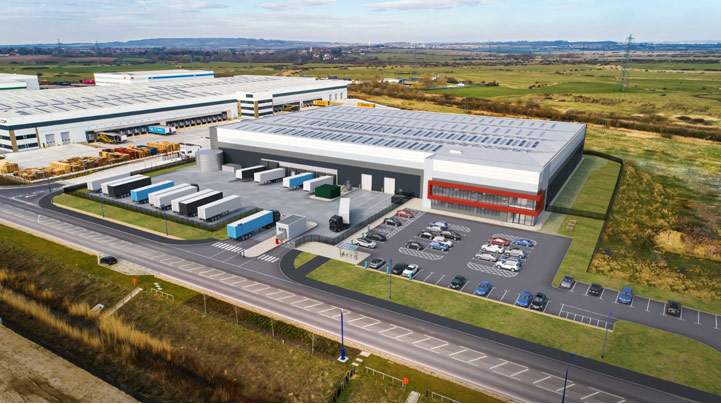
DP World London Gateway, one of eight UK freeports providing opportunities of up to 1.6m sq ft. Savills is the agent
Despite robust demand for large bespoke units in the region, take-up has declined. This is due to a severe shortage of large, good-quality units and deliverable sites across the M1 Corridor, where historically high levels of built-to-suit activity have been recorded annually
Toby Green, Director, Head of London and South East
Supply
The supply of warehouse space over 100,000 sq ft has increased in 2022 as multiple units have reached practical completion, along with some second-hand units being returned to the market. Currently, there is 5.29m sq ft available across 34 units. There are 20 units available in the South East, and 14 within Greater London. In terms of quality, 50% of space on the market is Grade A speculatively developed space, 13% is second-hand Grade A space, 9% is Grade B, and 28% is Grade C space.
ESG is becoming increasingly important to occupiers, and currently, a large proportion of the Grade B or C stock may be considered obsolete through not reaching occupier standards. The specification of these units should be carefully assessed and the necessary refurbishment or developments completed.
In terms of unit count, there are 28 units within the 100,000–200,000 sq ft size band, four within the 200,000–300,000 sq ft size band, and two within the 300,000–400,000 sq ft size band.
Take-up
Take-up in 2022 reached 4.46m sq ft – this is lower than the long-term annual average of 5.34m sq ft. However, analysing take-up by deal count shows continued strength in the occupational market as 2022 saw 29 separate transactions, up from the long-term average of 25 per annum.
Following on from last year, the region has seen a shift away from larger units towards the smaller size bands. In 2022, 86% of transactions have been within the 100,000–200,000 sq ft size band compared to a long-term average of 66%. The 200,000–300,000 sq ft size band saw 10% of transactions, and the 300,000–400,000 sq ft size band saw 4%. The average deal size this year was 153,680 sq ft.
In terms of grade, 53% of all space transacted in 2022 has been Grade A speculatively developed space, 31% has been Grade A, 9% Grade B and 7% has been classified as Grade C space. Occupier demand has been diverse, with demand coming from a range of sectors; 3PLs have accounted for 41% of the activity, followed by the ‘other’ sector, at 32%, which includes the likes of data centres and film studios. We have also recorded an increase in activity from manufacturers, which have accounted for 10% of take-up in 2022.
Development pipeline
There are now 17 units under construction across the region, totalling 3.1m sq ft, 88% of which are based in the South East and 12% within London. There are ten units under construction within the 100,000–200,000 sq ft size band, five within the 200,000–300,000 sq ft size band and two within the 300,000–400,000 sq ft size band.
Read the articles within Big Shed Briefing below.
.jpg)
